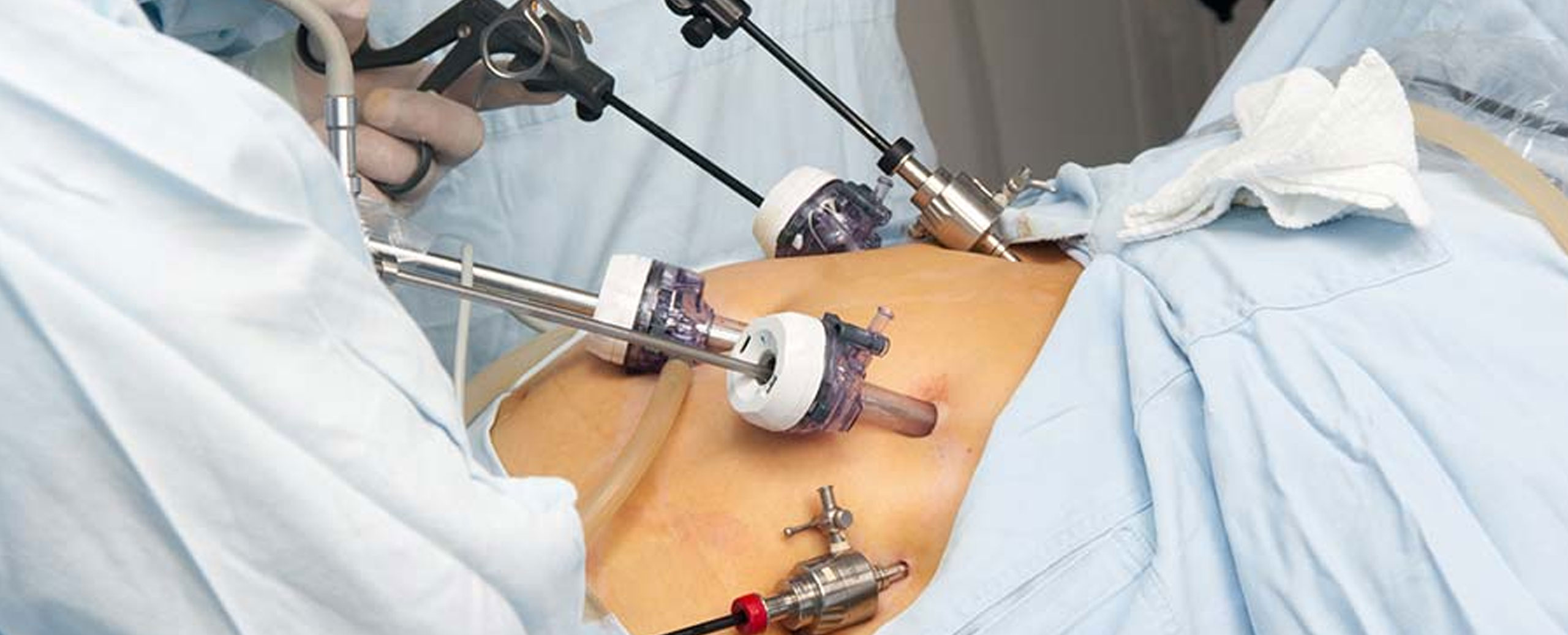
Services
Minimally Invasive Surgery

Minimally invasive surgery (MIS) refers to surgical procedures performed through small incisions or natural body openings rather than large cuts required in traditional open surgery. The primary goal of MIS is to minimize trauma to the body, reduce recovery time, and enhance overall outcomes compared to conventional surgical techniques. Here's an overview of minimally invasive surgery, including its techniques, benefits, and applications:
Techniques of Minimally Invasive Surgery
- Laparoscopy: Also known as keyhole surgery, laparoscopy uses a thin, lighted tube (laparoscope) equipped with a camera and surgical instruments. It is inserted through small incisions in the abdomen to perform various procedures on organs such as the gallbladder, appendix, uterus, or ovaries.
- Hysteroscopy: Involves inserting a hysteroscope (a slender tube with a camera) through the cervix into the uterus. It is used to diagnose and treat conditions affecting the uterine cavity, such as fibroids, polyps, and uterine septum.
- Endoscopy: A general term for procedures using specialized cameras and instruments inserted through natural body openings or small incisions to examine or operate on organs or cavities like the gastrointestinal tract (colonoscopy), respiratory tract (bronchoscopy), or joints (arthroscopy).
- Robot-assisted Surgery: Utilizes robotic arms controlled by surgeons to perform precise movements with enhanced dexterity and visualization. It is commonly used in procedures like prostatectomy, hysterectomy, or cardiac surgery.
Benefits of Minimally Invasive Surgery
- Smaller Incisions: Leads to reduced trauma, less blood loss, and minimal scarring compared to open surgery.
- Quicker Recovery: Patients typically experience shorter hospital stays, less post-operative pain, and faster return to normal activities.
- Lower Risk of Complications: Lower rates of infection, fewer wound complications, and reduced chances of post-operative hernias or adhesions.
- Improved Cosmetic Outcome: Smaller scars and better aesthetic results contribute to patient satisfaction.
